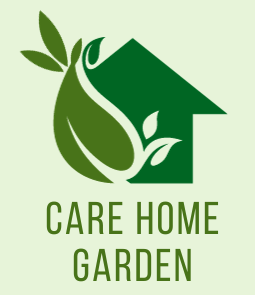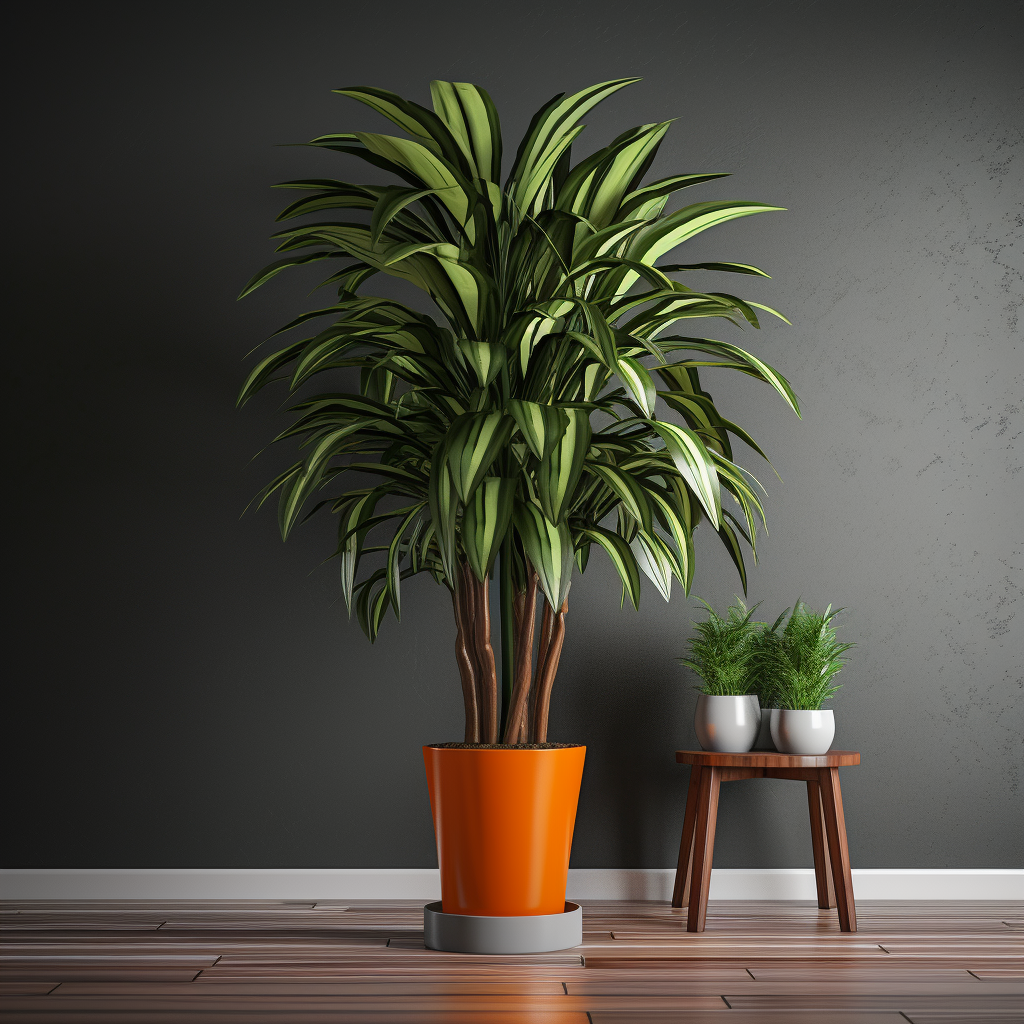
Indoor gardening enthusiasts often seek the elegance and natural air-purifying qualities of Dracaena plants, and within this genus, the Dracaena deremensis stands out as a captivating and popular choice. Understanding the care and nuances of this species is crucial for fostering a thriving indoor ecosystem.
- Overview of ‘Dracaena’ Cultivars and Varieties
The Dracaena family encompasses a diverse range of cultivars, each with its unique attributes and care requirements. Dracaena deremensis, commonly known as the “Corn Plant” or “Dragon Tree,” is a prominent member known for its striking foliage and low-maintenance nature. Other popular variations include ‘Gold Star,’ ‘Hawaiian Sunshine,’ ‘Janet Craig,’ ‘Lemon & Lime,’ ‘Lime Line,’ and ‘Ulises’/’Warneckii.’
- Brief History and Origin of Dracaena deremensis
Originating from the Asparagaceae family, the name “Dracaena” stems from the Greek word ‘Drakaina,’ referencing the red sap and vibrant green foliage. The species epithet ‘deremensis’ denotes its fragrant blooms. Initially designated as ‘Dracaena deremensis’ by Adolf Engler, it merged into the species coined by John Bellenden Ker Gawler after meticulous morphological studies.
- Importance of Care and Maintenance
Caring for Dracaena deremensis requires attention to specific details tailored to its needs. From ideal lighting conditions to watering schedules and propagation techniques, mastering the essentials is vital for fostering a lush and healthy indoor environment. This comprehensive guide aims to delve into these intricacies, providing an in-depth understanding of nurturing this elegant houseplant.
In the subsequent sections, we’ll explore the distinct characteristics, ideal care practices, common issues, and a detailed guide on propagation, ensuring that you are equipped with the knowledge and techniques necessary to foster a thriving Dracaena deremensis.
Understanding Dracaena deremensis
- Characteristics and Growth Patterns
Dracaena deremensis, often recognized for its vibrant green foliage and unique growth patterns, is a resilient and visually appealing houseplant. Characterized by its striking sword-shaped leaves and a slender trunk, this plant typically grows to heights over 3 meters and spans 0.7 meters in width when reaching maturity. Known for its slow and steady growth, it can add around 12 centimeters of new growth per season, becoming an impressive focal point in any indoor space.
- Significance as an Air-Purifying Houseplant
One of the distinctive attributes of Dracaena deremensis is its significant role as an air-purifying houseplant. As noted in NASA’s ‘Clean Air Study’ of 1989, this species exhibits remarkable air-purifying capabilities, effectively absorbing common airborne toxins prevalent in household environments. Its capacity to filter pollutants such as Benzene, Formaldehyde, and Ammonia makes it an invaluable addition to any indoor setting, contributing to cleaner and healthier air quality.
- Common Varieties and their Distinct Features
Within the Dracaena deremensis family, several popular varieties exist, each with its unique characteristics and visual appeal. Varieties like ‘Gold Star,’ ‘Hawaiian Sunshine,’ ‘Janet Craig,’ ‘Lemon & Lime,’ ‘Lime Line,’ and ‘Ulises’/’Warneckii’ boast specific leaf patterns, color variations, and growth habits, catering to different aesthetic preferences of plant enthusiasts.
Understanding these features and variations within the Dracaena deremensis species aids in selecting the ideal variety that aligns with personal preferences and the ambiance of the indoor space.
In the subsequent sections, we’ll delve deeper into the care guidelines, ideal conditions, and methods to ensure the best environment for your Dracaena deremensis to thrive and beautify your living spaces.
Care Guide for Dracaena deremensis
- Ideal Location and Light Requirements
Dracaena deremensis thrives in environments with bright, indirect light, making it an excellent choice for indoor spaces. While adaptable to lower light conditions, exposure to excessive sunlight can lead to leaf damage. It’s advisable to place your Dracaena deremensis in a spot where it can enjoy gentle, filtered light without the risk of direct sun exposure.
- Proper Watering Techniques for Different Environments
Balanced watering is crucial for the health of Dracaena deremensis. Allow the top half of the soil to dry out between waterings, adjusting this frequency in darker locations to prevent over-moistening. Water sensitivity is vital for the plant’s root system, making it essential to use tepid, non-chlorinated water to avoid shocking the plant. Cold water can weaken the lower portion of the plant over time, emphasizing the importance of water temperature consideration.
- Managing Humidity Levels for Optimal Growth
Dracaena deremensis thrives in average room humidity but may suffer in excessively dry environments, particularly if placed near heating sources. Creating a humidity tray or periodically misting the plant can help maintain suitable moisture levels, enhancing the overall health of the plant.
- Fertilization Schedule and Importance
Feeding your Dracaena deremensis with a ‘Houseplant’ labeled fertilizer is recommended. During the growing season, fertilize every four waterings, reducing this to every six waterings in the colder months. It’s important to avoid applying ready-to-use products without pre-watering, as they might lead to root burns and yellowed leaves.
- Seasonal Adjustments and Maintenance Tips
Adapting care routines with seasonal changes is crucial for the well-being of your Dracaena deremensis. During autumn and winter, reduce watering frequency to accommodate the plant’s slowed growth. Additionally, regular maintenance practices such as removing dead or yellowing leaves and monitoring for common pests like Mealybugs and Spider Mites are essential for the plant’s health.
This care guide is designed to offer comprehensive insights into the ideal care practices for nurturing a flourishing Dracaena deremensis within your indoor space. The subsequent sections will delve into specific issues, propagation techniques, and other essential aspects of maintaining this unique houseplant.
Common Issues and Remedies
- Over-Watering and Under-Watering
One of the common challenges with Dracaena deremensis involves finding the right balance in watering. Yellowing lower leaves can indicate over-watering, while under-watering symptoms manifest as dry leaf edges and slowed growth. Striking a balance and allowing the soil to partially dry out between watering sessions is crucial. A lack of accessible oxygen due to over-watering may lead to root breakdown and subsequent issues.
- Dealing with Pests: Mealybugs and Spider Mites
Mealybugs and Spider Mites are common pests affecting Dracaena deremensis. Mealybugs, identifiable by cotton-like masses, and Spider Mites, found under leaves and along midribs, can sap the plant’s vitality. Regular inspection and proactive measures like using organic pesticides or natural remedies are effective in preventing and controlling these infestations.
- Yellowing Leaves, Root Rot, and Mold Issues
Yellowing leaves, especially if accompanied by browning or mold growth in the soil, may indicate multiple issues. It could result from overly dark environments, saturated soil, or using inadequately conditioned water. Addressing these problems involves improving light exposure, adjusting watering schedules, and ensuring water quality to prevent chemical burns.
- Leaf-Tip Discoloration and Mold Development
Leaf-tip discoloration, often attributed to the use of unconditioned water with high fluoride content, signifies the importance of using water that has been allowed to rest for 24 hours. Mold development, a byproduct of low light and over-watering, can be remedied by adjusting light exposure and decreasing watering frequency, accompanied by soil replacement if needed.
Addressing these common issues and implementing appropriate remedies is crucial for maintaining a healthy Dracaena deremensis. The subsequent sections will explore propagation methods, repotting guidelines, and specific maintenance techniques, allowing you to optimize the plant’s overall health and appearance.
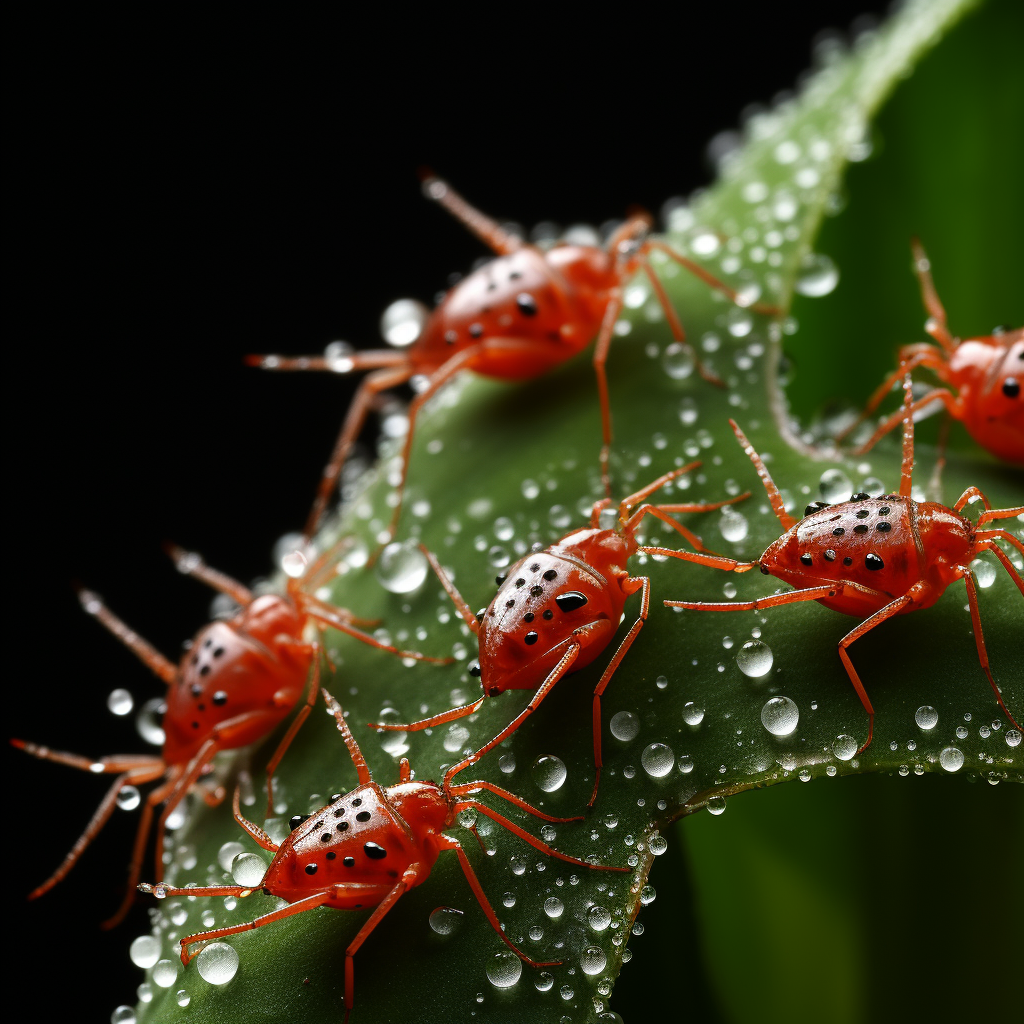
Propagation and Repotting Guidelines
Stem Cuttings (Easy Method)
Maintaining proper hygiene during propagation is critical for the success of new Dracaena deremensis plants. Opt for stem cuttings from leading growths with a semi-wooded base, ensuring they are free from diseases or weakness. In case of any pest presence, thorough cleaning and submergence for a few days will help eliminate the issue. After removing bottom leaves and deciding on the rooting method, propagate the cuttings in water or aerated, airy soil. The water method is often more successful, especially for beginners.
Repotting Guidelines
Repotting every three years in spring using ‘Houseplant’ labeled compost is beneficial for Dracaena deremensis. Prior to repotting, hydrate the plant 24 hours in advance to reduce transplant shock risk. Incorporating a thin layer of small grit in the pot’s base and lower compost portion enhances drainage and prevents over-watering. Specific care instructions for repotting with root rot are available to aid in the process.
Mastering the techniques of propagation and repotting will allow you to expand your collection and ensure the continued well-being of your Dracaena deremensis. The subsequent sections will explore flowering, pruning, maintenance tips, and specific issues related to pests and diseases, empowering you with comprehensive knowledge to nurture a thriving indoor garden.
Flowering, Pruning, and Maintenance
- Understanding Dracaena deremensis Blooms
Dracaena deremensis produces small, globular white or pink flowers on a thick shaft, primarily appearing towards the top half of the stem. Although this species has the potential to bloom, indoor growing conditions often don’t favor the development of flowers due to consistently low humidity and temperature levels throughout the year.
- Pruning Techniques for Optimal Growth
Regular pruning is essential to encourage healthier growth in Dracaena deremensis. Remove yellow or dying leaves and any plant debris to create an environment conducive to thriving. Utilizing clean scissors or shears during pruning helps mitigate the risk of bacterial or fungal diseases. Avoid cutting through yellowed tissue to prevent further damage to the plant.
- Maintenance for Healthy Growth
In addition to pruning, maintaining a healthy environment for Dracaena deremensis involves regular monitoring and care. Ensuring appropriate lighting conditions, balanced watering schedules, and periodic inspection for common pests are crucial for the plant’s well-being. These practices help prevent potential issues and maintain the overall health and vitality of the plant.
By comprehending the nuances of flowering, pruning, and regular maintenance, you can foster a conducive environment for the optimal growth of your Dracaena deremensis. The subsequent sections will explore pests, diseases, and toxicity information, along with buying and retail tips, providing a well-rounded understanding of caring for this elegant houseplant.
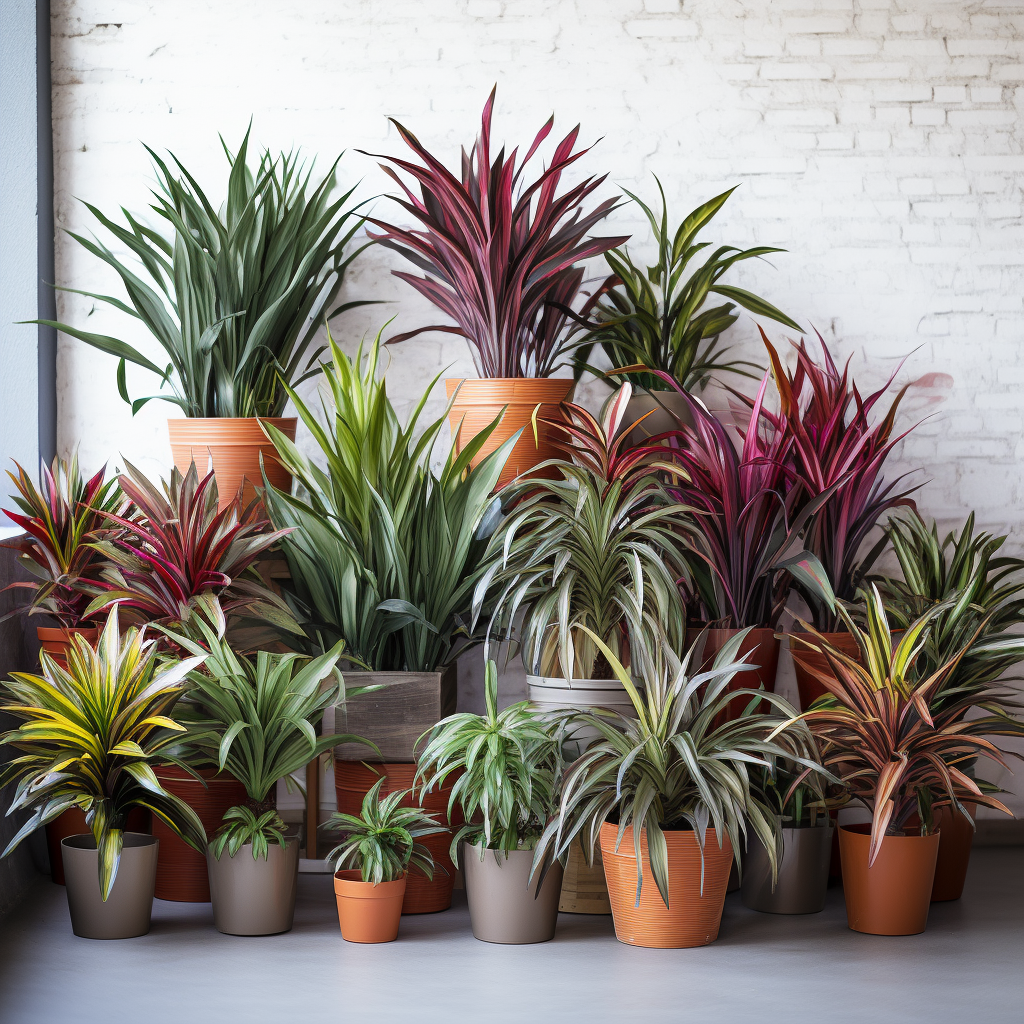
Dracaena deremensis: Pests, Diseases, and Toxicity
- Common Pests
Dracaena deremensis is susceptible to various pests, including mealybugs, spider mites, scale, thrips, and whitefly. Mealybugs appear as cottony masses, while spider mites often reside under leaves. Regularly inspecting the plant, especially in hidden areas and crevices, allows for early pest detection, enabling prompt action to prevent infestation and damage.
- Common Diseases
Several diseases may affect Dracaena deremensis, including root rot, leaf-spot disease, botrytis, powdery mildew, and southern blight. Root rot can result from over-watering, leading to the decay of the roots. Leaf-spot disease, botrytis, and powdery mildew can be caused by high humidity levels or poor air circulation. Maintaining proper watering and ventilation is crucial in preventing these issues.
- Toxicity
Dracaena deremensis is classified as toxic to pets and humans. Ingestion of its parts can lead to symptoms such as vomiting, nausea, and loss of appetite. In case of accidental ingestion, seeking immediate medical assistance is recommended. Awareness of the plant’s toxicity is essential, particularly for households with pets or small children.
Understanding and promptly addressing potential pest infestations, diseases, and the toxicity of Dracaena deremensis is vital for maintaining a safe and healthy environment. The subsequent sections will cover information on retail locations, making informed purchases, and concluding insights, providing a holistic understanding of caring for this popular indoor plant.
Buying and Retail Information
- Retail Availability
Dracaena deremensis is commonly available in various retail locations, including garden centers, home improvement stores, supermarkets, and online outlets. Stores like British Garden Centres, B&Q, Dobbies, Homebase, Tesco, and IKEA frequently stock this popular houseplant. Online stores also offer a wide selection, providing convenience and access to different varieties of Dracaena deremensis.
- Considerations for Purchase
When purchasing Dracaena deremensis, inspect the plant for healthy foliage, free from discoloration, spots, or signs of pests. Choose a plant with firm stems and vibrant leaves, avoiding those with drooping or yellowing foliage. Ensure the soil is neither too dry nor overly wet, indicating proper watering practices at the retail location.
- Additional Buying Tips
If buying online, review seller ratings and customer feedback to ensure a reliable purchase. Check the product descriptions for specific details on the plant’s size, health, and variety. Ensure the seller or retailer provides adequate packaging for shipping to prevent damage during transit.
Navigating the retail landscape when purchasing Dracaena deremensis involves considering factors such as plant health, reputable sellers, and available varieties. The subsequent sections will sum up essential insights for caring for this plant, offering a comprehensive guide for both new and experienced indoor gardeners.

Conclusion
Dracaena deremensis, encompassing various cultivars under its umbrella name, stands as an elegant and popular choice for indoor greenery. Understanding its unique care needs, from ideal lighting and watering techniques to managing potential issues, fosters a thriving environment for this resilient plant.
Throughout this comprehensive guide, we’ve delved into the essential facets of nurturing Dracaena deremensis. The insights offered cover everything from its origins and propagation methods to common problems, diseases, and even its toxicity. Armed with this knowledge, you’re better equipped to curate an ideal environment for your Dracaena deremensis to flourish.
Remember, regular maintenance, attentive care, and periodic checks for pests and diseases are key to ensuring the long-term health of your plant. Paying attention to its watering needs, light exposure, and maintaining proper humidity levels will go a long way in fostering a healthy, vibrant Dracaena deremensis.
Whether you’re a seasoned indoor gardener or just beginning your journey, this guide aims to empower you with the necessary tools to cultivate and care for this captivating houseplant. Explore retail options thoughtfully, considering the plant’s health and variety when making a purchase.
Your dedication to understanding and implementing the guidelines provided will result in a thriving and lush Dracaena deremensis, enhancing the aesthetic appeal and air quality of your indoor spaces.
Should you have further queries or require more details, feel free to reach out. Happy gardening!

Cat-Friendly Gardening: Creating a Safe Haven for Your Feline Friends
Table of Contents Introduction Hey there, fellow feline enthusiasts! 🐾 Welcome to a space where your garden becomes not just a patch of green but
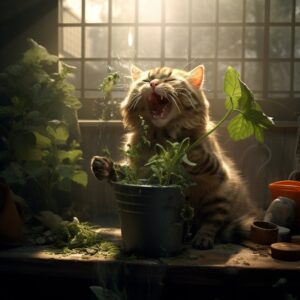
From Lilies to Sago Palms: Protect Your Cat from These 10 Toxic Plants
Table of Contents Introduction: Keeping Your Furry Friend Safe from Toxic Plants Hey there, fellow cat lovers! We all know our feline companions can be

Cat Nutrition 101: Decoding Labels & Essential Nutrients A-Z!
Table of Contents Introduction As a cat owner, you want nothing but the best for your furry feline friend. And that includes providing them with
